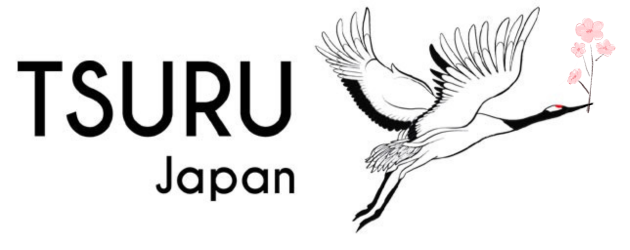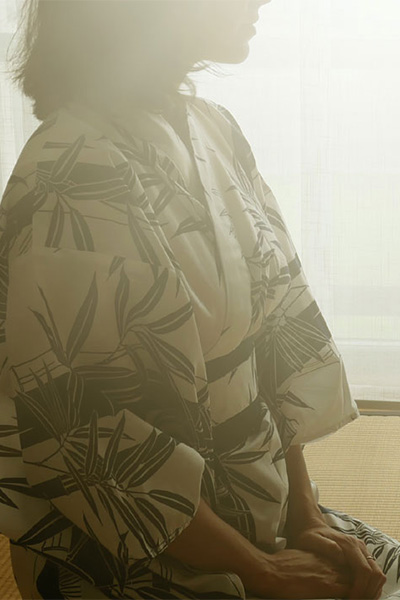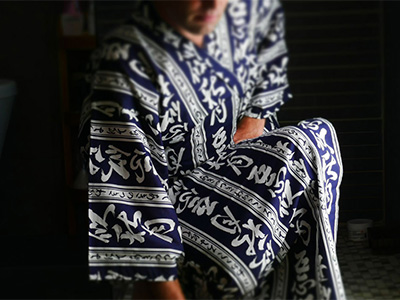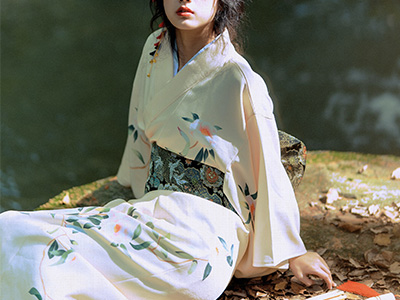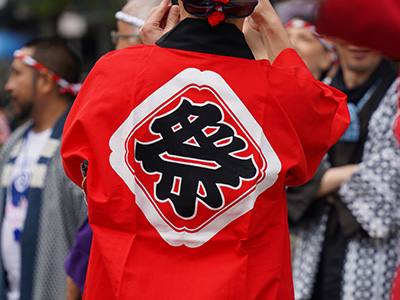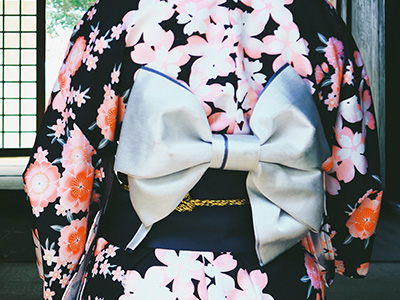Japan is renowned for its rich cultural history and unique traditional heritage. Among its most precious treasures are the kimono and yukata, iconic garments that represent Japanese elegance and grace.
The women's kimono and yukata is a traditional Japanese garment that embodies feminine grace and beauty. It is made up of several pieces, including the nagajuban (sub-kimono), the juban (under-dress), the obi (belt) and the kimono itself. Women's kimonos are often adorned with delicate floral motifs, bright colors and luxurious fabrics such as silk. They are worn for special occasions such as weddings, tea ceremonies and traditional festivals.
The yukata, on the other hand, is a more casual variant of the kimono, often worn in summer. Made from lightweight cotton, the yukata is easier to wear and care for. It usually features simple, colorful motifs, such as flowers, fans or landscapes. The yukata is often worn to summer festivals and traditional bathhouses, bringing a touch of freshness and tradition to these events.
The men's kimono and Yukata, also known as "montsuki", is a formal garment distinguished by its more sober design and darker colors. They are often worn for ceremonies, weddings and funerals. Traditional patterns for men's kimonos are generally more discreet, with stripes, squares or abstract motifs.
The men's yukata is a more casual version of the kimono, worn mainly at festivals and summer events. Men's yukatas often feature geometric patterns, fans or traditional symbols. They are designed to provide comfort and coolness during the hot summer months.
The haori is a traditional piece of outerwear worn with the kimono. It's a lightweight jacket, often in silk, that adds a touch of elegance and color to the kimono. Haoris are available in a variety of patterns and colors, and can be worn by both men and women.
Vintage kimonos and yukatas are special pieces that have gone through the ages and bear witness to Japanese history and tradition. These antique garments are highly sought after because of their exquisite craftsmanship, unique patterns and historical value. Vintage kimonos and yukatas are often passed down from generation to generation, adding a sentimentality dimension to their timeless beauty.
Each vintage kimono or yukata tells a story, reflecting the eras and fashions that influenced its creation. Some models may be associated with specific periods of Japanese history, such as the Edo or Meiji periods, while others may be more recent craft creations. These vintage garments offer a glimpse of past fashion and lifestyle, capturing the aesthetics and elegance of a bygone era.
Obi is a wide and decorative belt used to attach and adjust the kimono or yukata around the body. There are different types of obi, each having its own meaning and place in the traditional dress. For example, the "hanhaba obi" is a narrower belt used with the yukata, while the "fukuro obi" is wider and used with the formal kimono. Obis are often richly embroidered and decorated with intricate motifs, bringing an elegant finishing touch to the set.
Besides obis, there are also other types of Japanese belts such as "kaku obi" and "heko obi". These belts are worn with specific kimonos and are often tied in an artistic way to highlight the silhouette and overall aesthetic of the outfit.
